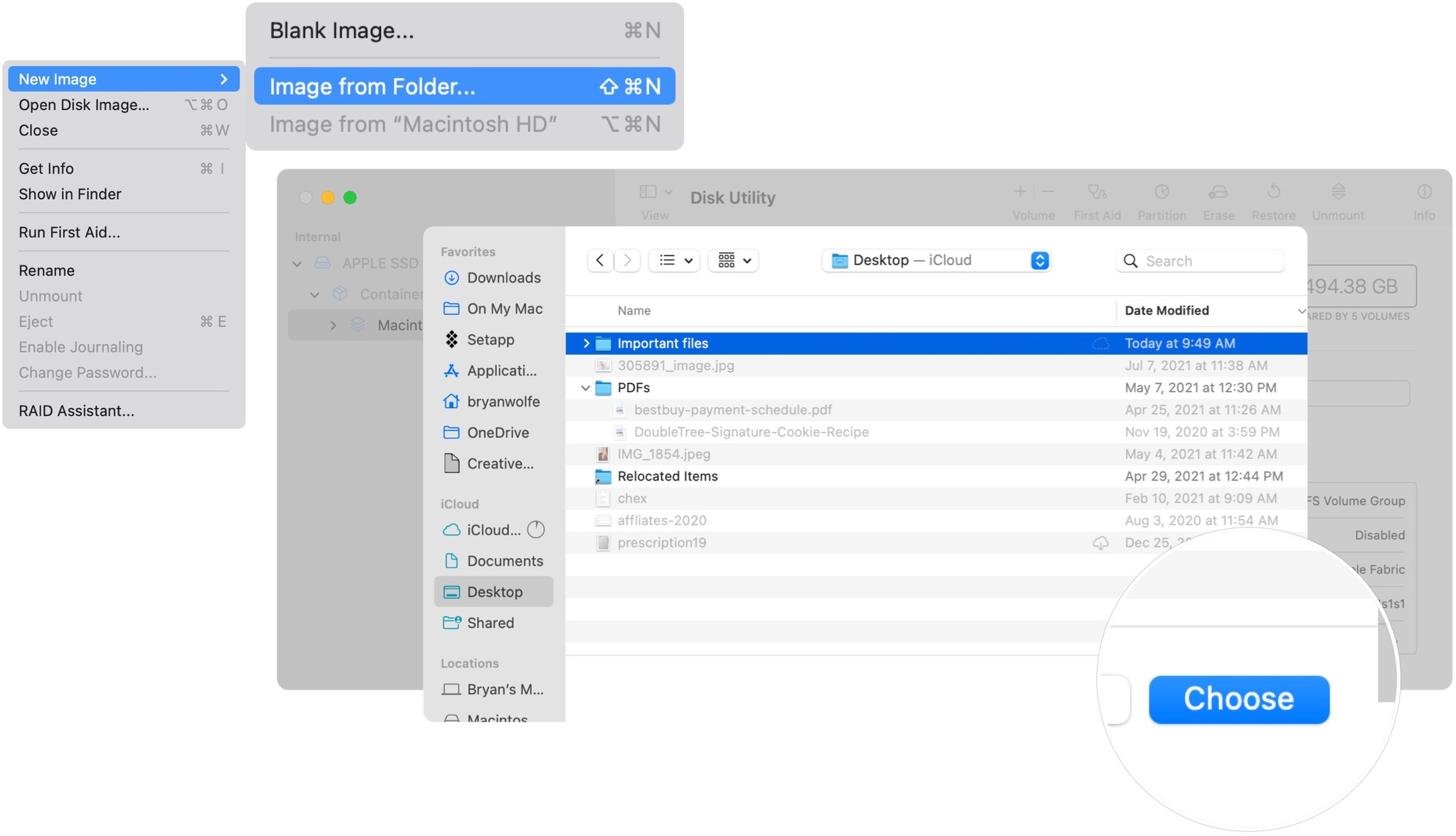

- Disk image .dmg does not ask for password when encrypted software#
- Disk image .dmg does not ask for password when encrypted mac#
Once you’ve opened it, go to the menu bar and select File -> New -> Disk Image from Folder. You can open Disk Utility from the Application/ folder or by searching for it in Spotlight. dmg file to the Trash and then empty the Trash.Disk Utility makes it very easy to password protect your files and folders. If you want to delete the disk image itself, drag the. dmg file) and selecting File: Eject, or by dragging the volume to the Trash.
Disk image .dmg does not ask for password when encrypted mac#
When you’re finished, unmount the disk image any user with physical access to your Mac can read and copy the files when the disk image is mounted on your desktop.īecause a disk image works the same way as any other disk - a hard disk, a removable disk, or a network volume - you unmount it by clicking on the disk image’s volume (not the. To use them, double-click on them inside the disk image’s volume, or copy them to another folder on your Mac. Click on OK.ĭisk Utility mounts the disk image, and you can copy files to it immediately.

Don’t select the Remember Password option - you’ll need to enter the password each time you want to mount the disk image, but your information will be much more secure. Enter a password there and in the Verify field. When you click on the Create button, Disk Utility shows the progress of the operation and then displays a New Password dialog box.

Finally, choose Read/Write Disk Image from the Format pop-up menu. This 128-bit encryption is strong enough for all but intelligence agencies. To protect your data, choose AES-128 from the Encryption pop-up menu. If you plan to store a few files in this disk image, choose a size of 2.5MB or 5MB otherwise, leave room for additional files. In the sheet that appears, enter a name and a location for your disk image, choose a size and a format, and choose whether you want the disk image to be encrypted. To create an encrypted disk image, open Disk Utility (Applications: Utilities) and click on the New Image icon in the toolbar.
Disk image .dmg does not ask for password when encrypted software#
(You’ve probably seen disk images, since they often contain software and installer files for programs you download over the Internet.) You can create your own disk image that encrypts files as you add them to the disk and then decrypts them automatically when you copy them to a folder or your desktop. OS X’s disk images are virtual disks, stored as single files, that can hold many individual files. Change the password (to something you won’t forget). To give your Keychain its own password, go to the Edit menu and select Change Password For Keychain User Name. By default, your Keychain is named “login.” The password you use to access the Keychain is the same as your login password, and the Keychain unlocks when you log in to your Mac. To make your Keychain and the information in it as safe as possible, change its default settings. Finally, enter a password for the Keychain, type it again to verify it, and click on OK. Enter a name and a location, and then click on Create. To make another Keychain, select New Keychain from the File menu. The advantage of using a second Keychain for notes is that you can set a different password, and you can also find your notes more easily your main Keychain may contain dozens or even hundreds of items. You can store secure notes in your default Keychain, or you can create a second Keychain solely for these notes. To enter the contents in another program, click on Copy Note To Clipboard, enter your password again, and paste into any text field or document. Select the Show Password option and enter your password you’ll then see the note’s contents. To access your secure notes later, open Keychain Access, find the note in the list of protected items, and click on its name.


 0 kommentar(er)
0 kommentar(er)
